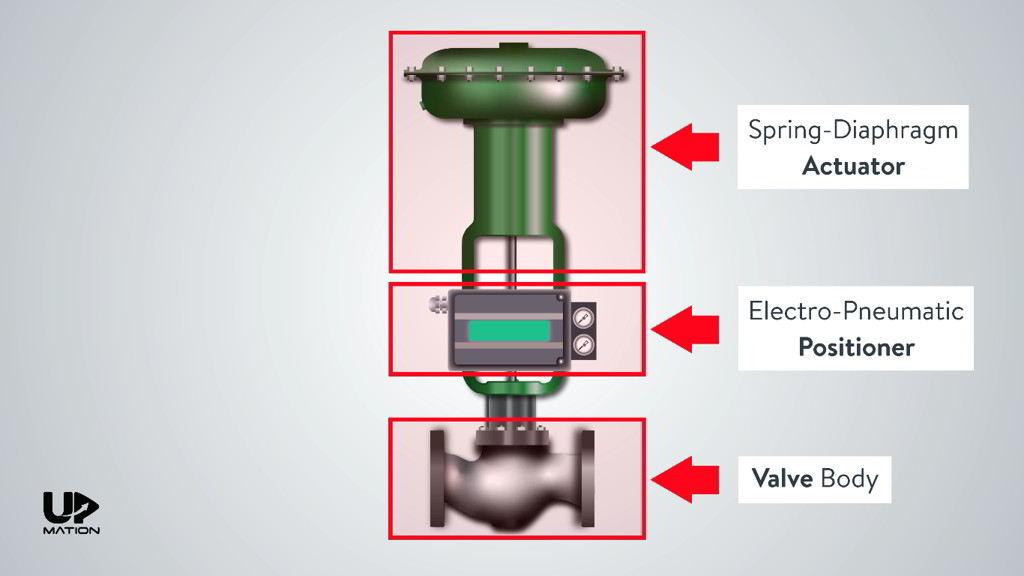Understanding the Importance of Control Valves in Process Automation
Understanding the Importance of Control Valves in Process Automation
Blog Article

Maximize Power Financial Savings and Convenience With Advanced Building Automation Controls
In the world of modern design and facility monitoring, the combination of sophisticated structure automation controls stands as a crucial improvement. By utilizing the power of automation, structures can adapt, react, and evolve in methods that were once unimaginable.
Energy Performance Benefits
Energy performance benefits can substantially lower energy intake and functional costs in buildings. By carrying out energy-efficient practices and innovations, structure proprietors and drivers can achieve considerable financial savings while also contributing to environmental sustainability. Among the key advantages of enhancing energy performance in buildings is the reduction of utility bills. Energy-efficient systems, such as innovative building automation controls, can enhance using sources like home heating, air conditioning, and illumination, causing lower power expenses over time.
In addition, improved energy efficiency can prolong the life-span of building equipment and systems. By operating extra effectively, cooling and heating systems, lighting components, and other structure components experience much less deterioration, causing lowered upkeep and replacement prices. Additionally, energy-efficient structures frequently regulate higher building values and rental rates, giving long-lasting economic benefits to proprietors.
Moreover, energy effectiveness can boost resident comfort and performance. Correctly managed indoor atmospheres with optimum lighting and thermal conditions produce a more pleasant and favorable work space, leading to boosted worker satisfaction and efficiency. On the whole, the energy efficiency benefits connected with sophisticated structure automation controls are complex, encompassing price savings, environmental stewardship, and passenger wellness.
Enhanced Convenience Control
Enhancing comfort control in building settings needs an advanced integration of sophisticated automation systems for ideal owner health. By making use of innovative building automation controls, facilities can tailor the indoor atmosphere to meet the details demands and choices of owners. control valves.
Improved convenience control surpasses basic temperature level changes. It consists of features such as customized settings, occupancy sensors, and all-natural light utilization to produce a receptive and vibrant environment. By integrating these advanced controls, structures can not only boost comfort however also enhance power performance by optimizing system operations based upon actual tenancy and use patterns. Inevitably, prioritizing occupant convenience via sophisticated automation systems results in an extra delightful and much healthier indoor atmosphere.
Functional Performance Improvements

In addition, the execution of real-time surveillance and analytics tools enables structure operators to recognize power ineffectiveness and operational abnormalities quickly. By constantly keeping track of power usage patterns and system efficiency metrics, changes can be made in real-time to enhance energy intake and guarantee peak functional effectiveness. control valves. Additionally, including demand feedback methods right into building automation controls can further boost operational effectiveness by dynamically readjusting energy usage based on grid problems and pricing signals
Indoor Climate Optimization
Efficient interior environment optimization is an essential facet of building automation controls, guaranteeing residents' convenience and well-being while making best use of power cost savings. By using innovative sensors and controls, developing automation systems can this constantly readjust and check temperature level, humidity degrees, air top quality, and air flow to develop an optimum indoor atmosphere. Preserving regular and comfy problems not just boosts occupant contentment but also increases efficiency and general wellness.
Interior environment optimization likewise plays a critical duty in power performance. By fine-tuning heating, air conditioning, and ventilation systems based upon real-time information and tenancy patterns, developing automation controls can considerably reduce energy consumption - control valves. Applying techniques such as demand-controlled ventilation and thermal zoning can aid decrease energy waste while guaranteeing that each area of the structure gets the required conditioning.

Lasting Atmosphere Production
Structure automation manages not only maximize interior environment problems for energy performance and resident convenience but additionally lay the structure for creating a lasting atmosphere through critical administration of systems and resources. By More Help integrating advanced building automation modern technologies, such as sensors, actuators, and smart software, facilities can monitor and change power usage in real-time to decrease waste and decrease their carbon impact. These systems enable predictive upkeep, determining possible issues before they rise and optimizing equipment efficiency to improve durability and efficiency.
In addition, sustainable setting development expands past power monitoring to incorporate water conservation, waste decrease, and interior air quality improvement. Building automation controls can control water usage, detect leaks, and make sure correct garbage disposal methods, adding to total sustainability initiatives. In addition, by keeping an eye on and controlling ventilation and filtration systems, these innovations improve resident wellness and efficiency while reducing power usage connected with cooling and heating procedures.
Verdict
Finally, progressed structure automation controls offer significant advantages in regards to energy financial savings, comfort control, functional performance, indoor climate optimization, and producing a lasting setting. By implementing these controls, structures can attain ideal efficiency while lowering power usage and improving owner convenience. It is noticeable that using sophisticated automation technology is crucial in boosting building efficiency and producing a more lasting future.
Energy performance benefits can considerably reduce power consumption and operational prices in buildings. On the whole, the energy efficiency benefits associated with sophisticated building automation controls are diverse, encompassing expense savings, ecological stewardship, and resident health.
Furthermore, integrating demand action approaches right into view structure automation controls can even more boost functional performance by dynamically readjusting power use based on grid conditions and prices signals.
Building automation controls not only optimize indoor environment problems for power effectiveness and owner convenience however likewise lay the foundation for producing a lasting atmosphere with strategic administration of resources and systems.In conclusion, progressed structure automation manages offer considerable benefits in terms of energy savings, convenience control, functional performance, interior environment optimization, and producing a sustainable environment.
Report this page